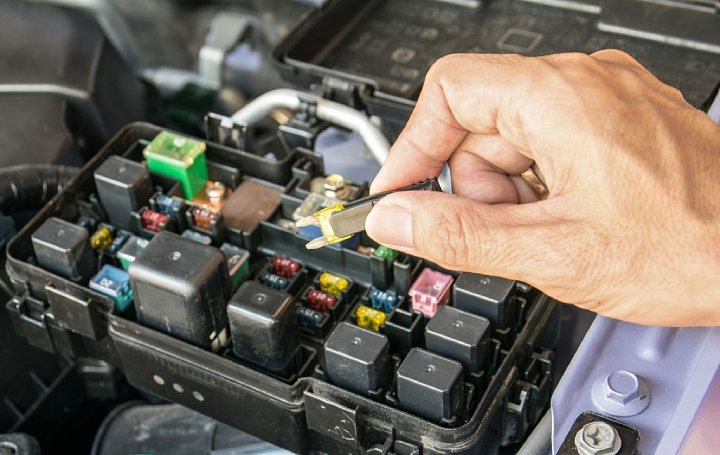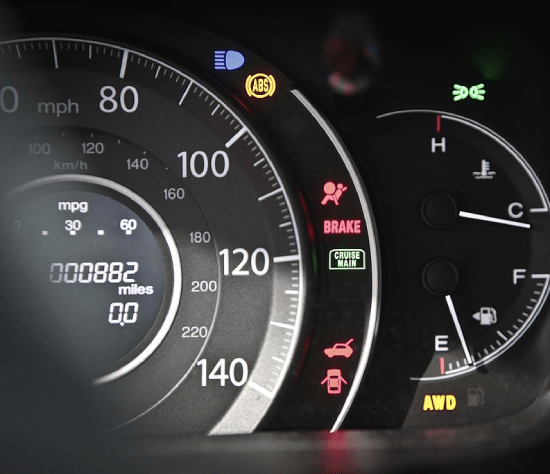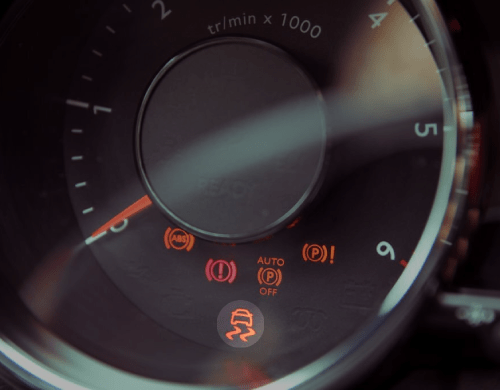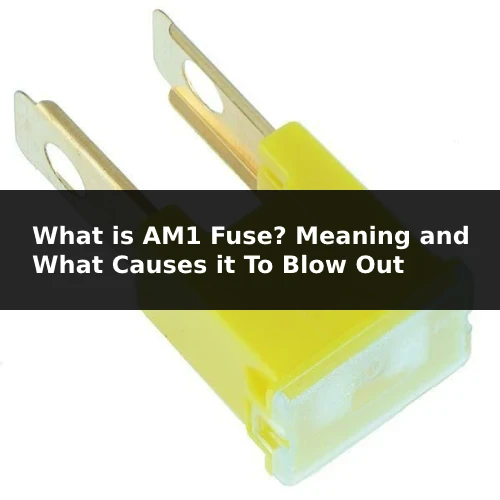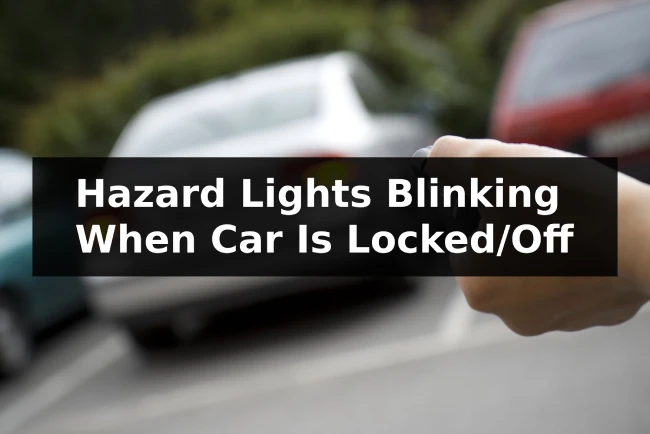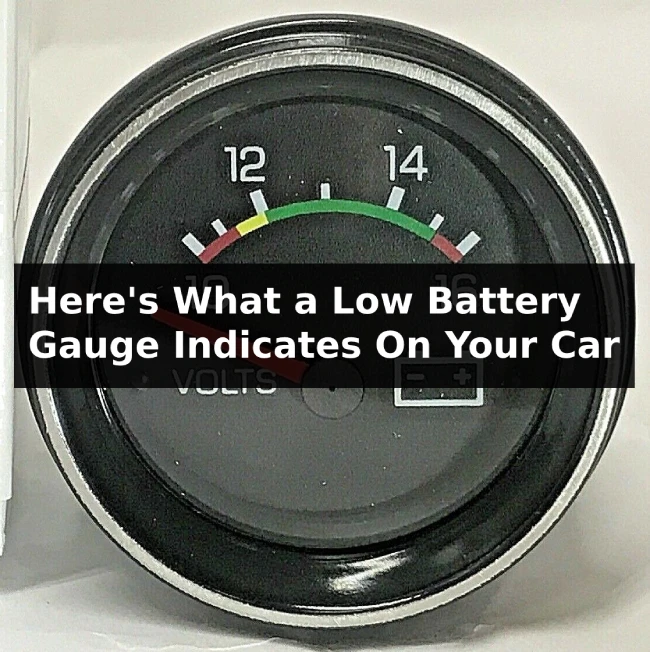Yes, multiple users have reported that a bad battery can cause the vehicle to go into limp mode. The battery of the car is the power unit of the electrical system. More importantly, it controls all critical sensors of the car. Bad battery causes them to malfunction and puts the car in limp mode.
What is a Limp Mode?
In modern vehicles, a protective feature is installed in the ECU of the car which is referred to as the limp mode. If a fault arises in the engine or transmission of your car then this limp mode is activated. It is done to protect the car against further damage.
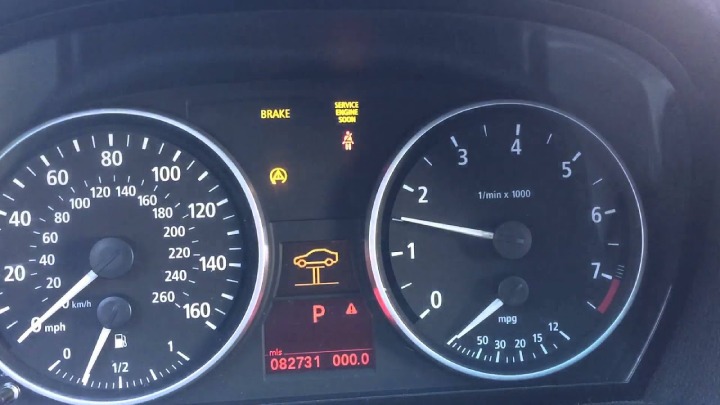
Engine and transmission are two of the most critical parts of an automobile. Any problem here can put the well-being of your car in jeopardy. Some engine and transmission problems don’t reveal themselves. This is when limp mode comes in handy.
The ECU runs diagnostic on your car and if any fault is picked, it immediately goes into limp mode. In limp mode your top speed is limited and unnecessary functions of the car become inactive. The acceleration of your car also becomes sluggish in limp mode.
All other things will seem to function just fine but a warning light will pop up in your dashboard indicating that the car is gone into limp mode. You must not take limp mode lightly and get it fixed at the earliest to save money and time.
How Can You Tell if There is a Problem with the Battery?
Battery problems can cause serious trouble. You can tell that there is a problem with the battery if you observe the following symptoms:

- Delay in Starting: If you notice that the car is taking longer than usual to start. Then it is probably due to the bad battery. The battery provides spark in internal combustion SI engines. When power is short the engine can take longer to start.
- Engine Sounds: In winters, when you turn on the car and push the ignition a clinking sound is often heard. It comes from the ignition coil of the car. The battery provides current to the solenoid that assists in starting of the car. If the current is on the lower side it causes the solenoid coil to rattle and make metallic sounds.
- Slow Electrical Response: Electrical components of the car run on the power of the backup generator that is the alternator. But alternator also requires charging that is provided by the battery. When power is not stored in the alternator while the car is running, electrical components show slow or delayed response. This includes slow wipers and power windows.
- Heavy Cranking: When the battery of a car is bad then it won’t start at all. To have a chance at starting you will need to place a foot at the gas pedal while turning the ignition key. In this case, you will also hear some heavy sounds from the engine.
These sounds are from the crankshaft present in the engine head. It becomes very heavy when unburnt fuel is accumulated in the cylinder due to slow spark plugs. Which is also caused by a bad battery.
- Dim Headlights: Dim headlights are as clear a signal as you can get. If headlights become overly dim or you notice their lamp flickering and taking some time to adjust then it is a red flag. It simply means that the end of your battery is near and you need to replace it.
Will Disconnecting Battery Reset Limp Mode?
No that is not the case. Disconnecting the battery would not reset the limp mode. In fact, if you install an altogether new battery, even then chances are that your limp mode will not go away. It is because a bad battery might be the root cause of activating limp mode but it is not the key reason.
Limp mode is mainly activated when a problem occurs in the engine or transmission of your car. Now what role does a bad battery play is that it causes engine or transmission sensors to malfunction. These engine sensors include mass airflow sensor (MAF), manifold absolute pressure sensor (MAP), oxygen sensors, engine speed sensor, or exhaust sensors.
Similarly, a number of sensors are present in the transmission system as well. These include Powertrain control module microprocessor, transmission control sensor, and throttle position sensor. All these sensors are part of the electrical system with the battery at its head.
If the battery goes bad the functioning of all these sensors is compromised and the car goes into limp mode. Because limp mode is activated via ECU of the car. It is not some kind of a physical scan that results in limiting the functionality of your car.
Hence, only changing the battery won’t do anything. You must get your vehicle scanned for diagnostic troubleshooting codes to disable the limp mode.
This way you can narrow down on the malfunctioning sensors. Some sensors need replacing and others only need reprogramming. Only then your car will come out of limp mode.
Can a Bad Battery Affect the Performance of Your Car?
The battery is a critical component of the hardware. In the modern-day car, where everything runs on the electrical system, the importance of the battery becomes even more. It can greatly affect the output and performance of your car. Let’s take a look at how bad battery affects the performance of your car.
- Slow Acceleration
A bad battery would not be able to provide proper power to the spark plugs in the SI engine. It will result in misfiring during the combustion process. This improper combustion process will lead to the slow or sluggish acceleration of your car.
- Reduced Power
Again the culprit is incomplete combustion. Due to accumulated fuel particles or underpowered sparks, the combustion process is compromised. The power output generated as a result of this process is less than the optimum levels. Hence, you would feel that your car is somehow underpowered.
- Excessive Fuel Consumption
Incomplete combustion will leave unburnt fuel in the engine cylinder. It will also create deposits in it. So, the engine will crank slower as a consequence. Due to higher frictional losses in the engine more fuel will be consumed.
Every since I was a little boy, I can remember spending the afternoons in my dad’s repair shop. I got my first car at 16 and it was the best feeling ever!
I have contributed to various automotive publications but decided it’s finally time to settle for something constant.

